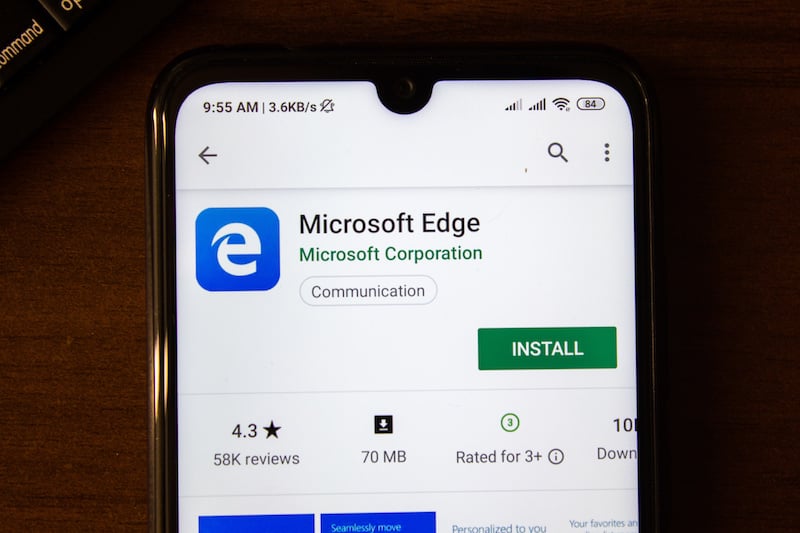Security News

In Microsoft Edge preview builds, Microsoft has introduced a new tool called "Web Capture" that will allow you to capture screenshots of the webpages and create web notes. With Web Capture feature, you can take screenshots to copy or share.

The new Edge browser will soon warn you if one of your passwords shows up in a data breach - a feature based on an Azure service that enterprises can already use to protect user passwords. Browser extensions like PassProtect warn you if the password you're using to log into a site is known to have been compromised and listed in a data breach, often based on the excellent Have I Been Pwned service.

Microsoft Edge is one of the least private web browsers - even more so than other popular browsers like Google Chrome and Mozilla Firefox - according to academic researchers. According to the analysis, from Douglas Leith with the School of Computer Science and Statistics at Trinity College in Ireland, Edge sends privacy-invasive telemetry to Microsoft's back-end servers - including "Persistent" device identifiers and URLs typed into browsing pages.

With the new Chromium version of Microsoft Edge comes new settings that allow you to better control your privacy and security. Microsoft released the new version of Edge on January 15, 2020, for Windows 10, Windows 8/8.1, and Windows 7, so you should already have it by now; if not, browse to Microsoft's website to download the new Microsoft Edge based on Chromium.

A security researcher today publicly disclosed details and proof-of-concept exploits for two 'unpatched' zero-day vulnerabilities in Microsoft's web browsers after the company allegedly failed to...

Until this month, the Edge browser could bypass its own warnings about Flash content on 58 websites, thanks to a hidden list.

Well, in one respect anyway Microsoft may have taken the decision to ditch the Edge's browser engine for Google's Chromium too soon.…

Adding a trusted Certificate Authority certificate to your browser to suppress intrusive security warnings will allow your users better peace of mind.

Microsoft’s Edge browser has finally joined Mozilla Firefox and Google’s Chrome in supporting a working version of the emerging WebAuthn.

A security vulnerability read more